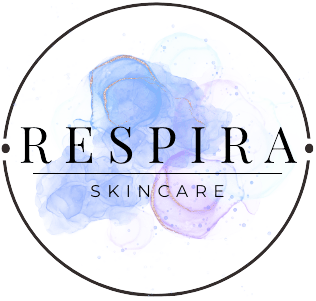In the world of skincare, there is no one-size-fits-all. Just as every person is unique, so is their skin. Imagine winning the lottery: that’s what it feels like to crack the code for your skin type and finally have a skincare routine that meets your skin’s specific needs. It’s a truly incredible feeling.
In this guide, I’ll discuss the characteristics that define each skin type (oily, dry, normal, and combination) and offer tips and advice to empower you on your skincare journey.
Whether you’re dealing with excess shine, persistent dryness, or a combination of both, it’s incredibly important to understand your skin’s unique needs to cultivate a regimen that brings out your natural beauty. So, let’s dive into the nuances of different skin types, unraveling the mysteries, and unlocking the potential for your healthiest skin ever.

Oily Skin
Oily skin occurs when the glands in your skin produce too much sebum, which is the waxy substance that seals in moisture. Oil in your skin is essential for keeping it healthy, but too much sebum can cause clogged pores and acne.
Symptoms of oily skin may include:
a shiny look
very large or noticeable pores
clogged pores and blackheads
occasional or persistent pimples
It is also possible that the consistency of makeup may change when applied to oily skin, so I recommend using products that are specifically designed for your specific skin type.
There are many factors that contribute to oily skin. For some it is simply due to genetics, while for others it can be due to hormonal fluctuations, certain medications or medical conditions, and of course, diet.
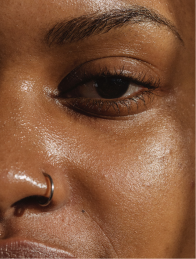
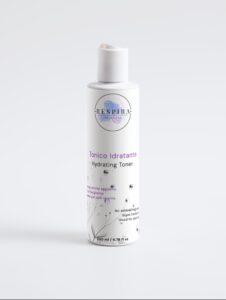
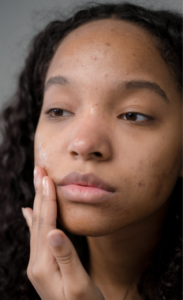
Having oily skin doesn’t necessarily mean there’s something wrong with you. There are benefits too.
For example, oil helps to preserve the skin and people with this skin type tend to have thicker skin and fewer wrinkles. It's a matter of finding a balance between having too much oil and maintaining the skin's natural hydration.
According to theAmerican Academy of Dermatology Association, here's what to do and what not to do to keep oily skin under control:
- Wash your face every morning, evening and after exercise;
- You choose skin care products labeled as “oil-free” and “non-comedogenic”;
- deer a gentle, foaming facial cleanser;
- DO NOT use oil or alcohol based cleaners;
- Apply a moisturizer every day;
- Wears outdoor sun protection;
- You choose an oil-free and water-based makeup;
- DONT'T sleep with your makeup on;
- DONT'T touching your face during the day.
Here are some of the Respira Skincare products I recommend for oily skin:
- Hydrating Toner
- Hydrating Serum
- Gentle Cleasing Foam
- Purifying Facial Mousse
- Anti-Aging Serum
- AHA Peeling Concentrate
- Moisturising Day Cream
- BrighteningEye cream

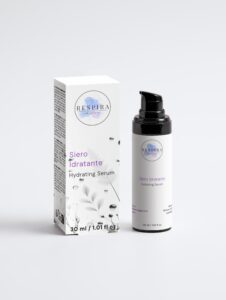
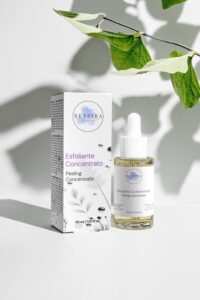


Dry Skin
Dry skin occurs when the skin does not retain enough moisture. This is often caused by frequent bathing, the use of harsh soaps, aging, or certain medical conditions. Also, if you live in a colder climate, it can be caused by the cold, dry air of winter.
During the winter months in the Northern Hemisphere, it is not uncommon for the skin to become red, rough, cracked and itchy. Especially on the hands. To learn more about how to care for your skin and body during the cold winter months, check out our guide on What Essential Products to Use for Each Season

According to theAmerican Academy of Dermatology Association, here are some tips on how to pamper dry skin:
- Apply a moisturizer immediately after washing;
- Use an ointment or cream instead of a lotion;
- Use only gentle skin care products;
- Choose non-irritating clothing and laundry detergents;
- Add humidity in the air (for example, with a humidifier);
- Drink plenty of water
When it comes to skincare products, avoid alpha hydroxy acid (AHA) and retinoids. The main reason is to help your skin regain its natural oils, however, these ingredients will prevent this from happening.
Instead, I suggest looking for products that contain ingredients such as jojoba oil, sunflower oil, olive oil, coconut oil, glycerin, hyaluronic acid or shea butter.
Here are some of the products Respira SkinCare what advice for dry skin:
- All-in-One Facial Oil
- Hydrating Toner
- Double Hydration Boost Gel
- Gentle Cleasing Milk
- Hydrating Serum
- Anti-Age Peptide Serum
- Nourishing Rich Cream
- Smoothing eye cream
- Sensitive Skin Face & Body Cleanser


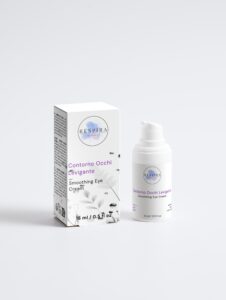


Normal Skin
I've already mentioned that too much sebum will result in oily skin, and not enough will result in dry skin. Some people have both types, indicating they have combination skin, which I'll talk about later. But, as you might already guess, Well-regulated sebum production is present in normal skin types.

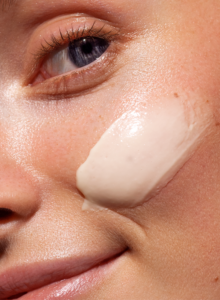
People with this skin type do not have to deal with the appearance of dryness or excess sebum, so they do not really need to buy specialized products to compensate for the sebum or dehydration. Of course, this does not exempt them from skin care concerns, as they must have the right routine to protect and ensure continuous hydration of the skin, as it helps prevent aging.
Here are some of the characteristics of normal skin:
less visible and tighter pores;
the consistency is not too oily or dry;
the skin does not feel tight or shiny immediately after cleansing.
The number one rule of protecting normal skin is “Don’t fix what ain’t broken!” Having normal skin most likely means you’re doing things right and there’s really no need to complicate them. As long as you cover the key steps with gentle, scientifically-studied products, then you’ll be fine.
Your basic skincare routine should include a cleanser, moisturizer, and SPF. If you want to add an anti-aging element, feel free to add retinol or antioxidant serums.
Here are the Respira SkinCare products that I recommend for normal skin:
- Mousse Detergente e Purificante per il Viso
- Gentle Cleasing Foam
- Hydrating Toner
- Hydrating Serum
- AHA Peeling Concentrate
- Brightening Eye Cream
- Anti-Age Peptide Serum
- Moisturising Day Cream
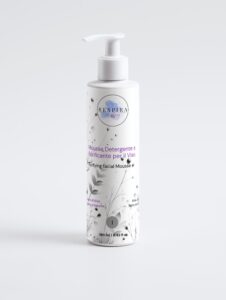





Combination skin
As mentioned above, There are people who have both skin types, dry and oily, which means they have combination skin. These people have something called T zone, which means that if you drew a T shape on your face, the skin inside the T would be oily, but the skin on the outside would be dry.
While normal skin is probably the rarest type, combination skin, on the other hand, is the most common. It can be due to genetics, poor or incorrect skincare products, stress, lack of exercise, sun damage, and other factors. The main difference between normal and combination skin is that normal skin will feel and even look more even when it comes to skin tone and texture. And of course, it will be more balanced, not too oily or too dry.
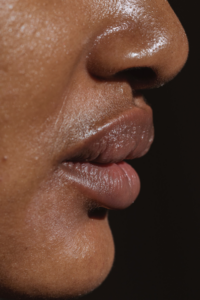
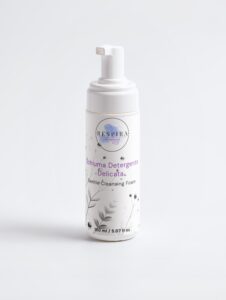

Here are some of the characteristics of combination skin:
sensitive cheeks;
oiliness develops very quickly;
the moisturizer works well on the cheeks, but not on the T-zone;
difference in pore size on face;
scaly scalp;
acne and dryness can appear at the same time;
skin changes with the seasons.
The good news is that just because you have combination skin right now doesn’t mean you’ll have it forever. There are many ways to treat it, and most people only need a few small adjustments to their daily routine.
Specialists usually suggest exfoliating and using more gentle cosmetic products. In addition to that, you need to exercise and eat healthier, so that the your skin cells can get enough oxygen and nutrients. And if you are prone to stress, then, of course, you need to consider how to relax more often.
Here are the Respira SkinCare products that I recommend for combination skin:
- Gentle Cleasing Foam
- Purifying Toner
- Oil-Free Hydrating Gel
- Double Hydration Boost Gel
- Natural retinol-Alternative Oil Serum
- Mousse detergente e Purificante per il Viso
- Brightening Eye Cream


I hope this guide has helped you better understand your skin type and what types of products you should be using to ensure you always look your best. However, it is advisable to consult a dermatologist before jumping to conclusions about your skin type and health.
Author: Martina
